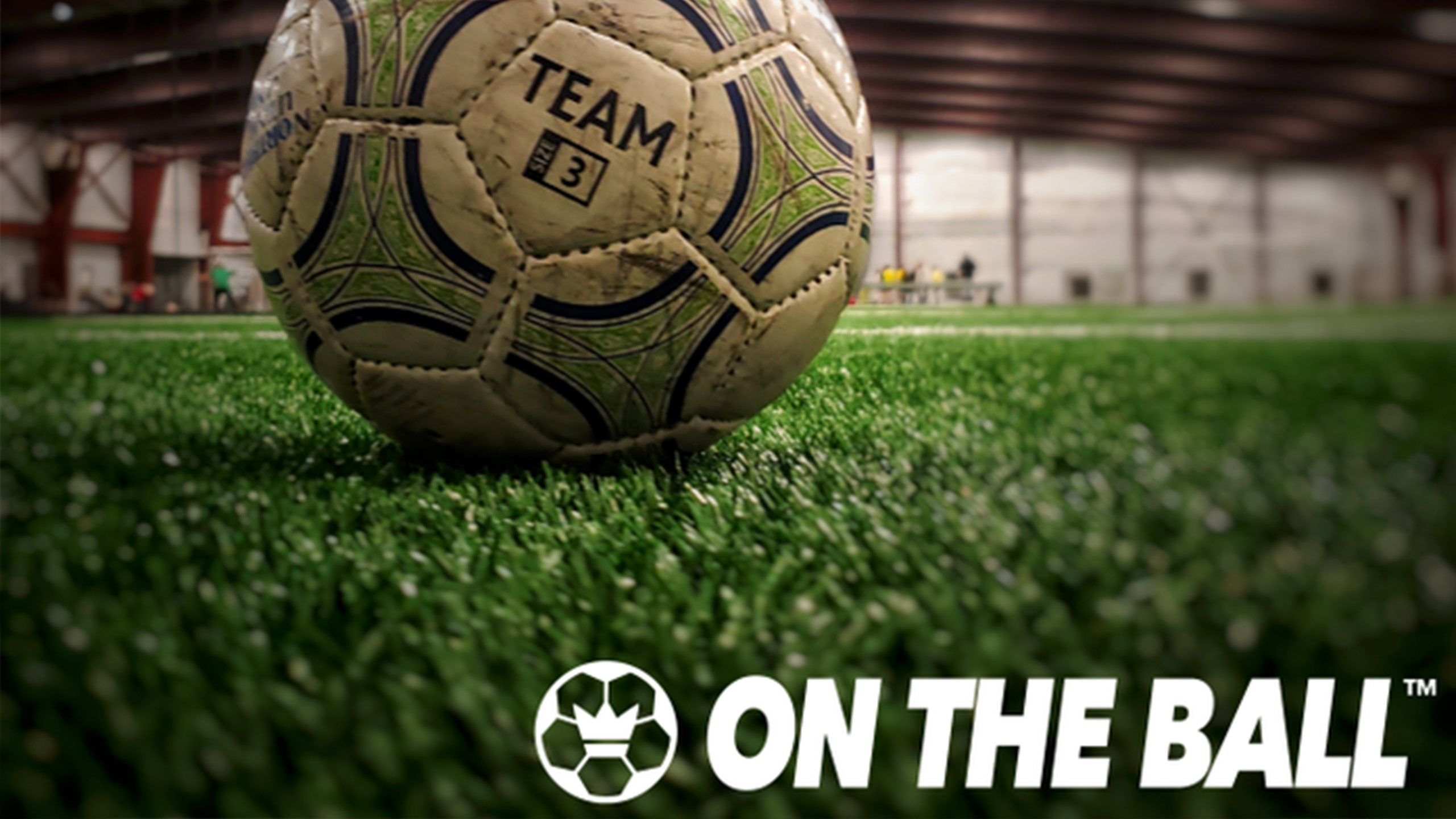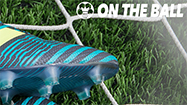A little journey into the soccer ball history
April 21, 2020

Soccer balls were not aesthetically pleasing, smooth and so aerodynamic from the start of the sport.
Did you know that the first balls were made from the entrails of animals?
Certainly, in its beginnings, soccer was not a very vegan sport that we can say.
In its beginnings, the first soccer balls were made from bladders and animals in China around the 4th century B.C., which was not very reliable, much less uniform than they are today. Although nowadays when you kick a soccer ball you have a good idea of the direction it will take so where it will bounce, the animal bladder balls were somewhat unpredictable, even varying the trajectory depending on the field of play.
At the same time in Pre-Hispanic America, the Aztecs played a very different kind of soccer with their hips pointing towards rings made of stone on the sides in a kind of soccer field. The difference was that they used a ball made from the sap of the rubber tree. A very different process from animal balls; and of course the losing team was sacrificed to the gods. Lucky that today it is not like that, although the press always ends up with the losers in the same way.
It was not until Deomenico Nobili and Charles Goodyear arrived in the year 1855 that changes occurred in the soccer ball manufacturing process: The vulcanization process.
This process made the rubber durable and elastic, giving people the idea of making balls. These rubber balls were covered with layers of stitched leather so that the ball maintains a specific shape. Leather balls were more reliable and resistant than balls created from animal bladders. However, those inflated leather balls still had difficulties. Every time the leather ball gets wet, it absorbs water and makes it heavier. This made the ball more difficult to kick, fly less, roll less, and even had the potential for serious injury each time a player threw it.
The official use of the first soccer ball was in 1863 in the American city of Boston, still with many problems.
In the following years, important changes such as the inflation valve were introduced to keep the shape and pressure stable.
By 1872, the first soccer rule was approved that regulated balls weighing between 13 and 14 oz. and a dimension of 27/28 inches in circumference.
Still the seams caused injuries to the soccer player, so some of them wore head protection. And the weight as it moistened continued to make it heavy, causing concussions in the players' heads.
The balls lovingly now have names ...
For 1970, in Mexico the Telstar swims, the official ball of the World Soccer Championship; a ball that revolutionized beautiful sports with 32 hand-sewn panels in black and white. The most perfect ball so far.
However, the constant perfection of the game did not stop there. Not only did soccer cleats and cleats evolve to avoid injuries in sports, but in the 1982 World Cup in Spain, Tango was launched, which significantly reduced the moisture absorption levels of the ball. keeping it stable in weight for much longer.
Today soccer balls come in a wide range of shapes and sizes. Different varieties of the ball are intended to serve a different purpose, some balls are intended for children, while others are intended for practice, and then there are those intended for playing futsal.
For 1986, a new world sports championship in Mexico launches the first ball with synthetic materials: La Azteca
For 2006 the Teamgeist was released in Germany, a new concept of a ball without pentagons, almost smooth, allowing much greater control of the ball. This allowed the level of play, in turn, to rise, each day more players could demonstrate their talent with maneuvers that exhibited unmatched control of the ball
However, everything has not been rosy with the soccer ball. The infamous Jabulani, released for the World Cup in South Africa in 2010, was highly criticized for being unstable in the air, which made it somewhat unpredictable for goalkeepers, who were the first to attack this latest design.
The names and innovations have continued over the years as the Krasava at the World Cup in Russia, which entailed greater technological innovations in its design and manufacturing.
What is the direction where the soccer ball goes?
The ball has become a fascinating subject to experiment and innovate. And technology is breaking into not only the goalposts but the ball itself. Chips in the shoes to optimize the movements and techniques of the players, they are also in the soccer balls to optimize their performance, to reduce soccer injuries and analysis of the plays ... The future is vast and only the imagination and passion that we feel in OnTheBall and you Those who train online from home can imagine.
If you want to learn how to handle the ball like a professional, such as Vincent Kompany, James Milner, Shaun wright Phillips or Ian Wright, download the best soccer training app, OnTheBall, and take advantage of all the advice and exercises you do every day. The best soccer coaches and players in the world have it for you on a daily basis.
We want to shout with you ... GOAAAALLLLLL!
Popular Blogs















.png)